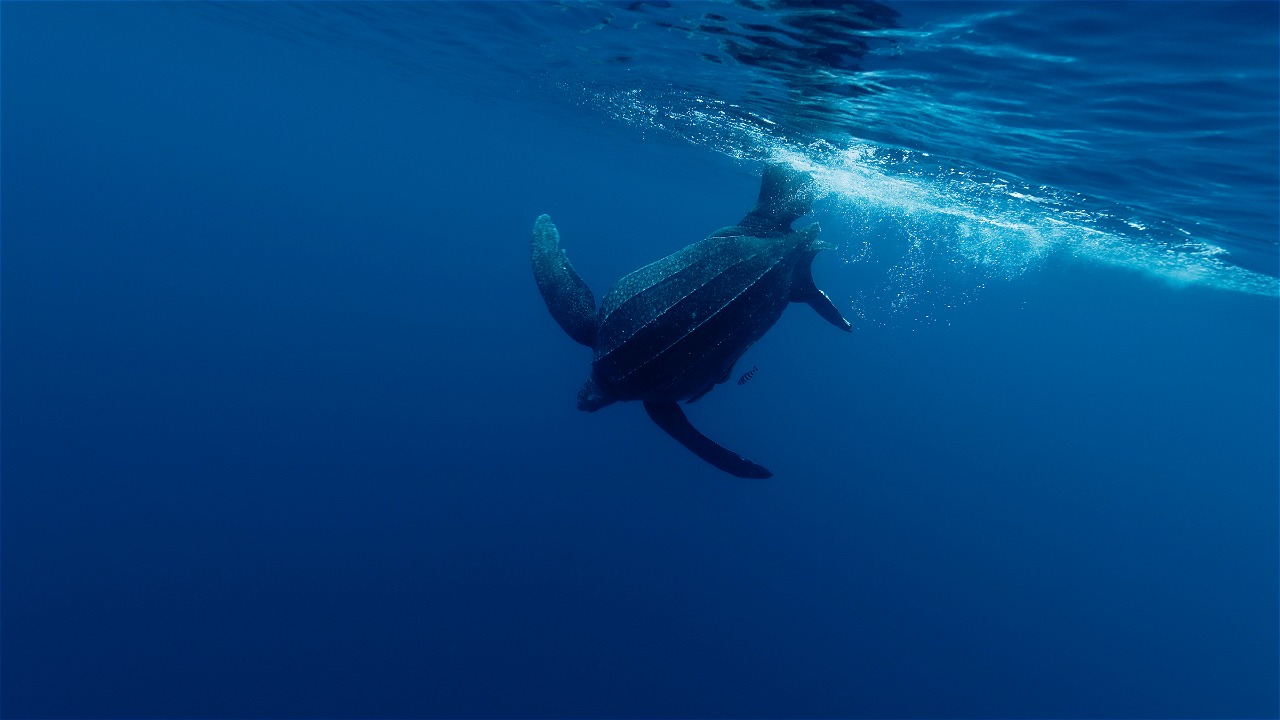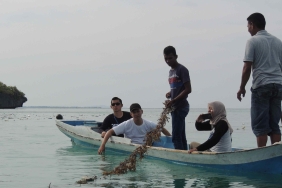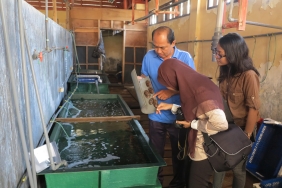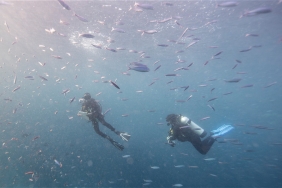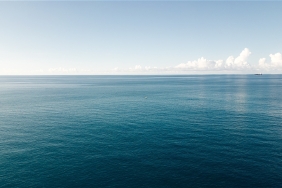SUSTAINABLE TURTLE NETWORK GROUP IN KEI KECIL LEARNS TO BUILD A SEAWEED NURSERY
By: Ainun Silvia (Fisheries Science Assistant for Inner Banda Arc Subseascape, WWF Indonesia)
Of the many potentials stored in Southeast Maluku, seaweed is one of them. Good water quality and friendly currents are some of the things that make seaweed in this district thrive. However, the ups and downs of the selling price of Kappaphycus alvarezii seaweed, commonly called kotoni, has made cultivators in the Kei Kecil Islands, Southeast Maluku, struggling to keep producing.
The disease that never fails to attack is white spot or ice-ice. Later, farmers who are members of the Penyu Lestari networking group also found sand pests, sand-like pests that stick to seaweed.
The good news is that WWF-Indonesia's research in June 2016 in the waters of Nai Island, Kei Kecil, introduced tissue-cultured cotoni seaweed seeds. These seeds are proven to have better resistance to pests, diseases, and even extreme weather.
Tissue culture seedlings are obtained by taking fast-growing parts of the seaweed and propagating them in a laboratory. This quality comparison is very significant when compared to local kotoni seaweed.
Nai Island in the Kei Islands cluster is located closest to the core zone of the Kei Kecil Island Park (TPK) conservation area. Research on this island also determined early to mid-year as the best season for seaweed cultivation, as the water conditions tend to be warm. The currents, which are slightly stronger than in the dry season, also help the natural cleaning of dirt attached to either the rope or the macroalgae.
WWF-Indonesia followed up on the research by organizing training on tissue culture seaweed nurseries for the Penyu Lestari network of seaweed farmers. The Penyu Lestari network includes 8 farmer groups located on Nai Island and Hoat Island. Each group has nine to eleven members, with seaweed farms scattered across the two islands.
Taking place on February 16-17, 2017, the seaweed seedling farming training featured Mr. Haryono from Ambon's Marine Aquaculture Center (BPBL) as the presenter. The enthusiasm of the group was seen when entering the discussion session on the technical management of the nursery and how to anticipate pest and disease attacks.
That day, we also distributed tissue culture seeds imported from the Lampung Center for Marine Aquaculture (BBPBL), considering that the production of tissue culture seaweed seeds in eastern Indonesia is still difficult to obtain from the nearest Aquaculture Center such as Tual or Ambon.
The seedlings, which had been divided into eight groups, were cut with a sharp knife to avoid damage, and weighed 100 grams to be tied per each clump. The cultivators sat together in a relaxed atmosphere, as their hands continued to tie the seedlings - which they would later plant in their respective group locations. The hope is that these seedlings can continue to be multiplied as a seed stock of superior varieties that will allow cultivation practices to continue throughout the year.
On the second day of the training, cultivators were provided with material on Better Management Practice (BMP) or Good Cultivation Guidelines. We refreshed the cultivators' memories in applying BMP principles, which they have actually been doing on a daily basis.
The internal foundation of the group was strengthened to revive their spirit. So that they can transmit the same optimism to fellow fishermen who have partly switched professions and left the ris ropes without planting kotoni seedlings.
The sky was clear both days. The hot sun drove us back to the city, bringing a lot of homework to be followed up together with all parties; the Indonesian Institute of Sciences (LIPI), the Fisheries Service, and the Southeast Maluku Regency Fisheries Extension Service. To provide further assistance, monitoring, and evaluation to this WWF-Indonesia assisted network group - Penyu Lestari.

